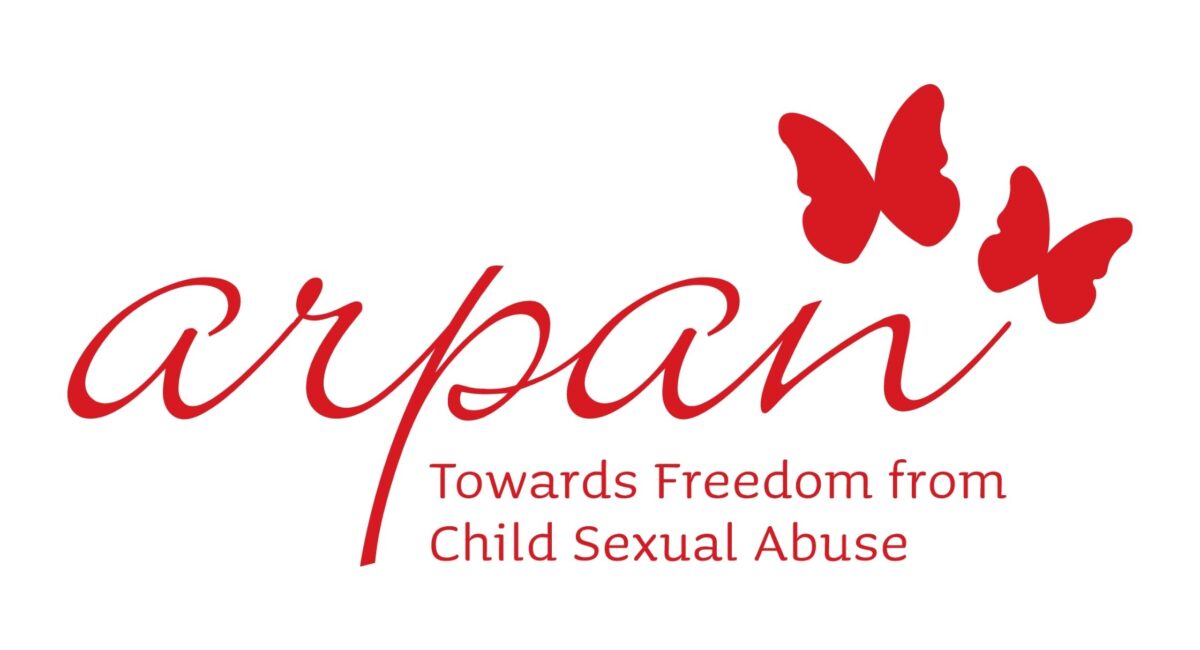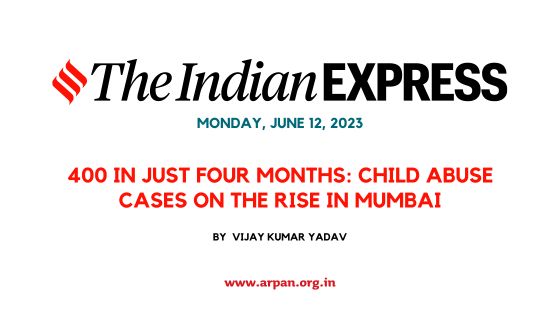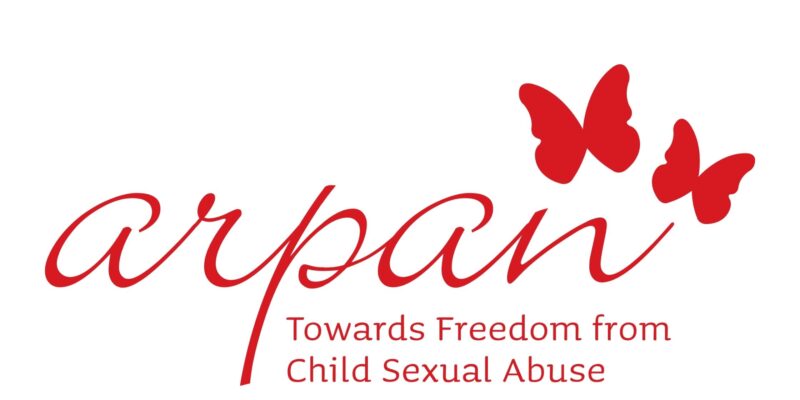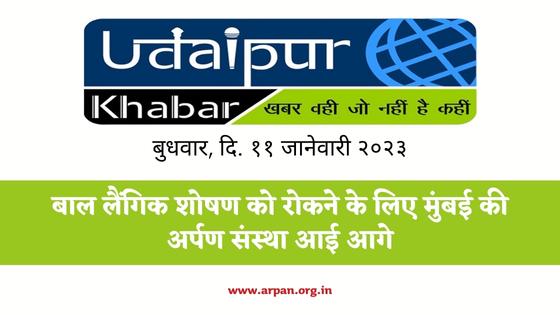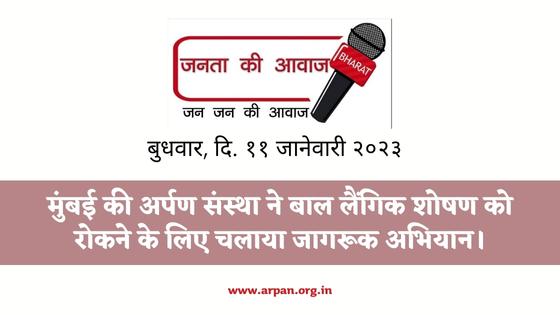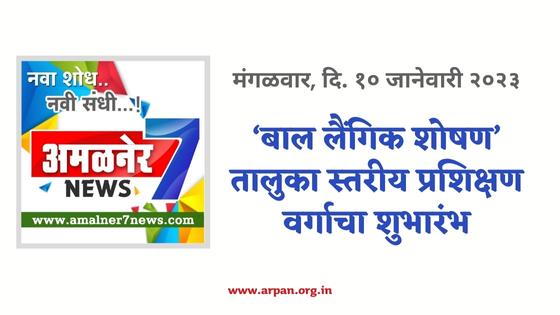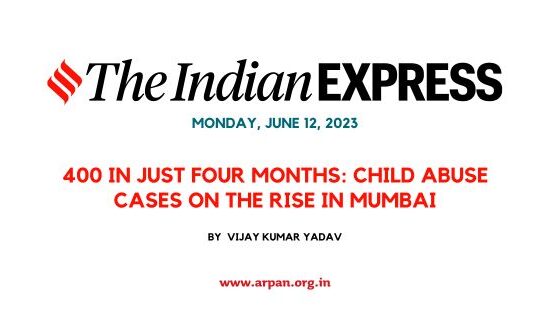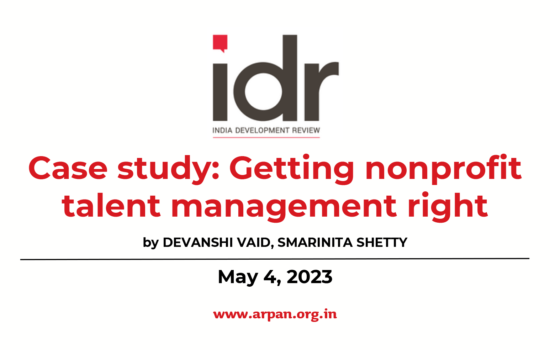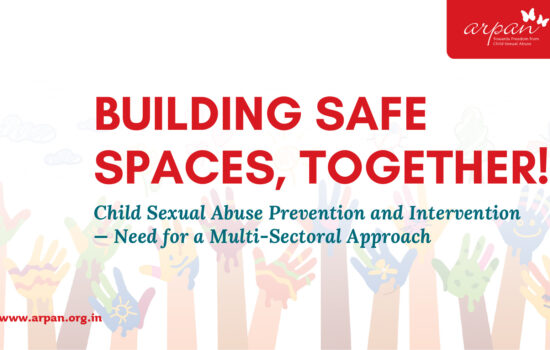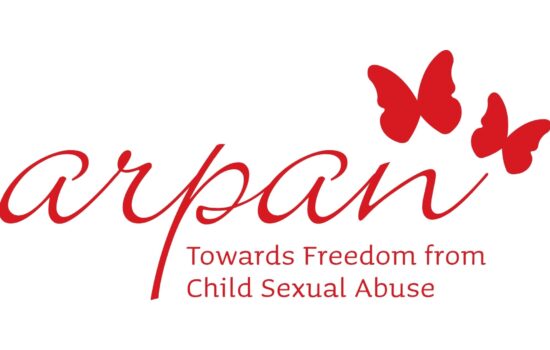Mainstream culture seldom gives children any credence-except as victims of circumstance. They are invisible extensions of the happy family myth that most conventional narratives are wrought upon. Mira Nair’s Monsoon Wedding broke this relative calm, with its nuanced detailing of child sexual abuse in the ‘elite’ circles of society.
Usually a bitter pill to swallow, Nair’s valiant heroine claimed more than just screen space when she spoke out against her abuser, an otherwise benevolent uncle who had touched her when she ‘didn’t even have breasts’. The film captured an ugly truth about Indian society that we’ve tried our best to shield with denial and sometimes, complete ignorance.
It followed on the heels of another shocking revelation for the facetious middle and upper-classes-Pinki Virani’s definitive account Bitter Chocolate (2000), one of India’s most comprehensive studies of child abuse across class, culture and economic divisions. Going beyond figures, the book delves into the lives of both survivors and victims, with a clinical yet sensitive narration of what they endure behind the social veneer of being a ‘happy’ family.
Even though, as Virani concludes in her book, the exact statistics are impossible to determine, a 2007 report by the Ministry of Women and Child Development states that as many as 53.22 per cent of Indian children undergo sexual abuse, of which “50 per cent is done at home, by relatives and acquaintances close to the child,” claims Virani.
Living with child sexual abuse is a reality that scores of adult men and women face everyday. While some are able to reach out for help, others simply wilt under the pressure and guilt of being a ‘victim’. When Anuja Gupta started the RAHI (Recovering and Healing from Incest) Foundation in 1996, the concept of ‘adult survivors’ was completely alien to Indian society, and ignorance about sexual abuse as a crime, absolute.
“Rejection is at least an acceptance of the fact that it happens. But in 1997, when we had only one woman come to us, there wasn’t even that,” she adds. Despite the recent spurt in awareness and the efforts made by organisations like RAHI, child sexual abuse continues to be an ‘invisible’ crime, with undefined parameters and unpunishable offenders.
The power dynamic that Nair depicts in her film, between that of an unprotected child and an authoritative abuser, brings out the reality of homes where the child becomes vulnerable to repeated abuse. “The idea ofsacrifice runs deep in an Indian context where women and children have no negotiating power in the family structure. To keep it quiet is a sacrifice for the greater good,” says Gupta.
Child abuse thus is a silent betrayal of trust. But redemption and recovery cannot happen in the dark. Nazneen Tonse, 46, a writer, started her survivor blog Askios in exactly this spirit. “The idea is to spread awareness about child abuse and reach out to other survivors, making them realise that they aren’t alone,” she says.
Askios, which means shadowless in Greek, is a reflection how Tonse wants to deal with her own past-to be free from it’s shadows. The story of her abuse began when she was a toddler and continued till she became a teenager and Tonse only realised its impact on her life when she went into therapy. “As a child,” she adds, “I didn’t even know it had a name or that there was anything I could say or do about it.”
This inability, to deal with the perpetrator, is often the cause of acute shame and powerlessness that usually manifests itself as post-traumatic stress disorder, depression and a skewed perception of sexuality in adulthood.
“Non-acceptance, that something terrible happened to you as a child, is easier to live with than admittance,” claims Pooja Taparia who heads Arpan, an NGO that works with adult survivors. If it isn’t a complete denial, then it’s the overriding sense of guilt of not having spoken out as a child. “But what language can they speak in? When parents put a lid on sexuality, discourage talk about sex and bodies, how is a child to know what’s been done to her?” asks Vidya Reddy of Tulir (Center for the Prevention and Healing of Child Sexual Abuse).
While more schools in the country have begun to impart Personal Safety Education to their students, it’s also the prerogative of parents to further that knowledge by keeping all channels of communication open. And this includes believing and accepting the abuse their child might be facing. “It’s an important first step,” says Shailja Sen, child psychologist and family therapist, “but the hardest one to take.
The anxiety of acceptance is petrifying for parents.” This often translates into inaction by the parent, and ultimately becomes a second level of betrayal for the child. “The child grows up with a false notion of having brought the abuse upon herself, without an outlet to vent her anger and frustration. There is a complete lack of self-belief,” adds Sen.
The negativity that surrounds disclosing child sexual abuse frightens survivors as well as their parents. But healing can only begin by talking about the abuse, by strengthening oneself against its memory and by finding self-worth again. For Tonse, it was with the help of a psychotherapist that she could confront her past.
“Even though I personally never felt the need to confront my abuser, it could be a liberating experience,” she says. Gupta, however emphasises that the intial focus, should not be on confronting the abuser, but on building one’s own power reserve through counselling. The stigma attached to therapy, often deters survivors from seeking help, as being labelled ‘mentally unstable’ can negatively impact their functioning as adults. Alternative therapies not only diminish this stigma, but also provide survivors a non-threatening and nonjudgemental environment to heal in, where the ability to remember is enhanced, without the compulsion to talk.
“The fear of an unknown, unfriendly counsellor is replaced by the freedom to express the anger and anxiety in the form that one wishes to,” says Sohini Chakraborty, a dance movement therapist. Founder director of Kolkata Sanved, an organisation that works to rehabilitate victims of abuse through alternative healing, Chakraborty says that dance therapy doesn’t work according a strict curriculum, or even a particular dance form. “We encourage expression through any free-flowing movements, which help the survivor in building a positive association with her body,” she says.
What was the instrument of abuse, now changes to a medium of expression, and enables the survivors to gain self-assurance.Another alternative that’s proved effective is to address the issue is drama. When Anupriya Das Singh, a therapist who deals with child sexual abuse survivors, couldn’t get 22-year-old Mahi (name changed) to engage with her therapy sessions, she tried theatre.
“Art bridges the gap between the survivor and her own experience. What can’t be explained through words is often done through simple role-play,” says Singh. It was during a theatrical role in a make-believe family on-stage, that Mahi was finally able to accept her own abuse as a child and seek counselling. “Performance therapy can empower a survivor to act out, and absolve them from a crime they never committed,” adds Singh.
Both Chakraborty and Singh agree that this form of therapy often leads the survivors to the ultimate goal of confronting their fears, since it renews their self-confidence, which becomes a resource for the therapist to work with. Singh, who also uses hand-puppets and painting to delve deeper into the survivor’s mind, says the way they choose to represent themselves through their stories and images, is an indicator of where they stand in the healing process.
The conspiracy of silence around child sexual abuse begins and ends with its denial-damning both its victims and survivors. Dealing with it needs as many stakeholders in society as its perpetrators, and only then can the information sent out, be taken in by those who’ve suffered in silence. The first step is always the hardest and most painful, but to remember is therapeutic.
- There is no shame in acceptance. Make the issue visible by talking about it.
- Never be closed to therapy. No, it won’t mean you are mentally unstable.
- Never confront your abuser alone or on his turf. It could prove disasterous for you.
- Get beyond the victim label and get closure. Don’t let your abuse shape your life.
- It wasn’t your fault. That’s a mantra that you must keep close as the healing process carries on.
Source : India Today

